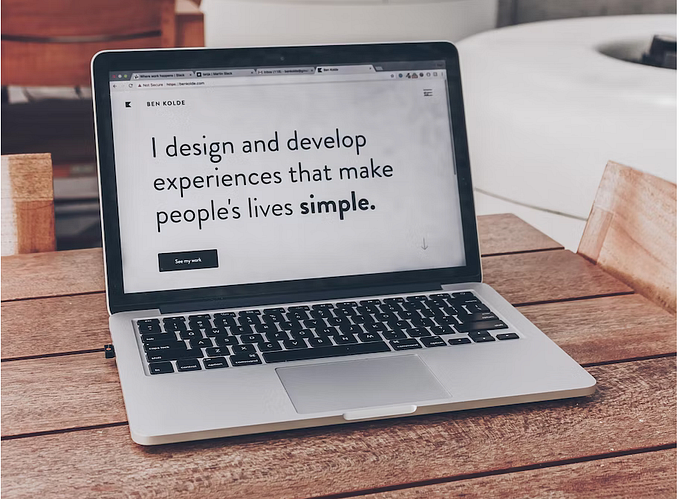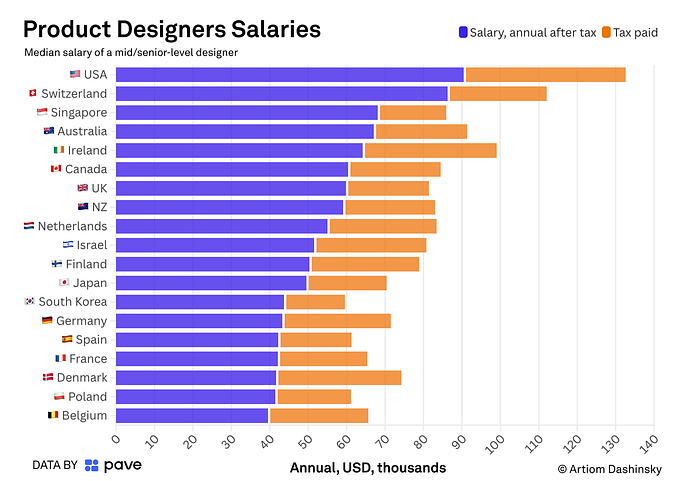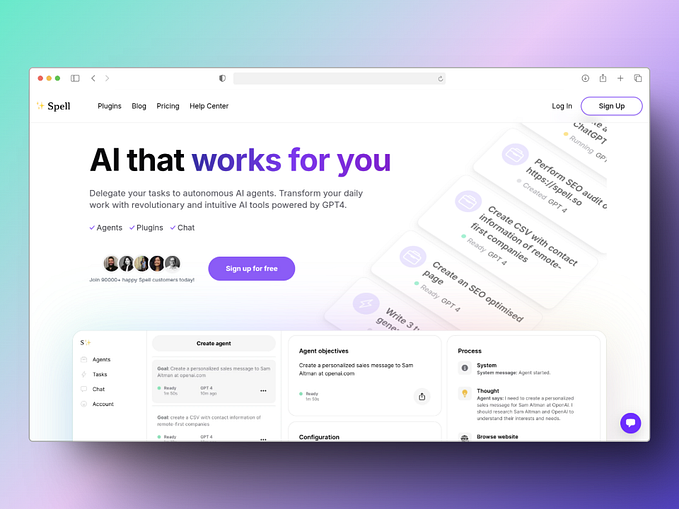Mailchimp Rebrand: First Impressions
Lovely identity design, but does it live inside the right message?

In case you haven’t heard, MailChimp is now Mailchimp. That’s right, it’s #rebrand season! Get an overview of what’s new on Fast Company and dive in a little deeper at Mailchimp Design.
This article was inspired by a thread in Designers Guild, a Facebook community that I help moderate. Designers Guild consists of 10,000+ designers committed to discussing, learning, and growing together. Jon Bell (Senior Design Manager at Mailchimp) unveiled the company’s fresh rebrand (with support from @wearecollins and R/GA) and asked the community for its thoughts. After digging into the work a little and sleeping on it yesterday, I had the opportunity to prepare some more fleshed out opinions this morning (prompted by Jenny Earnest).
Freddie Forever!
It’s nice when a rebrand can preserve the iconic elements of a company’s history, so I like that Mailchimp kept Freddie as a logo. The lockups with the new wordmark also look fantastic; they preserve the lighthearted quality of the old script logotype, but find harmony with Freddie’s weightier aesthetic. The team nailed the logo portion of this rebrand.

I enjoy how the other design elements (such as typography and illustration) coalesce and the Cavendish swatch dignifies everything pretty nicely. The aesthetic gestures are very appreciable on the surface, but after some more consideration, I’m not 100% convinced that the design supports the right message for Mailchimp. Perhaps this is more a critique of the marketing considerations of this rebrand (as opposed to the design ones).
Identity: A Balancing Act
A brand’s identity isn’t solely determined by its stakeholders; it’s negotiated with an audience over the brand’s lifetime. One of the most difficult aspects of rebranding is balancing the internal desire to redefine a company’s communication strategy with the need resonate with customers, representing their shared history and experiences with the brand. Mailchimp’s choice of a primary marketing message may make that somewhat difficult.
The Overarching Message
From Mailchimp Design:
Mailchimp has always been a little bit different… We want to show our customers that building a successful business means staying true to yourself. With this brand identity and design system, we hope to inspire them to be bold and creative with their own brands.
The Design Decisions
The overarching message of staying true to yourself and being bold and creative are primarily supported by the following new design elements:
- the rough, expressive, and naïve illustration style
- Cooper Light: a quirky typeface with a correspondingly odd vernacular history (“You may have seen its larger cousin on dusty old funk records and inside questionable sandwich shops.”)

The Disconnect
The biggest potential issue with Mailchimp’s rebrand is that it doesn’t strongly connect its new marketing message to the value proposed by its existing portfolio of products and services. The pitch for customers to be bold and creative presents a vision that is perhaps too wide and ambitious to resonate powerfully with real customer goals in the present. It seems as if Mailchimp is paying more attention to who or what it wants to be to its customers than to what customers expect and desire from its offerings.
Take a look at Mailchimp’s current products. To be fair, the email and landing page templates are key offerings that are indeed geared towards creative empowerment, but how easily does something like segmentation inspire boldness and creativity? In contrast, how many of these products and services are concerned with helping businesses reach people in better ways? (Hint: literally, all of them are about that.)

At present, the primary marketing message (and as a result, the look and feel of the rebrand) seem somewhat out-of-touch with what Mailchimp actually does (or rather, what it has done historically). With email marketing having been the company’s bread and butter and the central touchpoint for its customers since its inception, it’s not hard to imagine some other directions the rebrand could have gone in.
The concept of mail and traditional postage’s historical role in cementing human connections are ripe with readymade marketing metaphors for how a business can improve communications with its customers. Plenty of the playful design language that the agencies ultimately landed on can be housed under marketing messages more concerned with what the company actually offers: business solutions for reaching people.
When it comes to examples of brands that have navigated this divide adeptly, I think back to the popular G Suite advertisement which imagines Hall & Oates collaborating on the lyrics to Maneater in Google Docs. The message resonated well with customers because it included the spirit of originality and playfulness that Mailchimp is clearly after with this rebrand. However, it did so without deviating from the central value prop of the product: collaborative word processing.
More Than Email
At this point, it’s pretty clear that Mailchimp is seeking to define itself beyond the confines of the email marketing niche (they even said so). It also seems somewhat ironic that they chose to focus on inspiring and enabling creativity when that focus is disconnected from the parts of the business which practically extend beyond email: connection, automation, and optimization.

David Martinez also made a solid point about the rebrand appearing to understate the company’s success in the email marketing niche. Mailchimp’s new approach doesn’t seem very reflective of the actual impact and scale of one of (if not) the largest email marketing platforms on the web experiencing daily growth on the order of 14K+ customers. The rebrand may be just as incongruent with what users want and expect out of the company’s products.
Is it fair to ask why Mailchimp feels the need to aggressively outgrow its roots? Is the company failing to embrace its own stated brand value of staying true to itself? It’s great that Mailchimp wants to inspire originality in brands that adopt it for marketing, but what if that’s not the value prop that customers are connecting with?
Looking Forward
Pressing questions aside, I’m inclined to give Mailchimp the benefit of the doubt overall. Aiming to inspire originality and creativity instead of simply helping businesses reach people with better marketing services is an ambitious endeavor to say the least, and I respect that. It’s a bold decision to eschew the more banal SAAS marketing and branding tropes in favor of a mission that means something important to Mailchimp’s team and their story. The caveat is that I’m not sure whether or not a new brand identity and design system alone are enough to inspire users in that fashion.
If Mailchimp truly desires to be more than mail and empower creativity, its product offerings may need to evolve in tandem with its new brand philosophy.
Design templates are a start, but will Mailchimp introduce any new offerings to truly assist brands in finding and crafting their bold, courageous, creative, and authentic voices? Only time will tell, but I’m excited to see what unfolds since the company has teased more to come. It’s clear that Mailchimp has embraced the decisions underlying its new brand identity as a living set of principles intended to evolve with the business instead of edicts set in stone and that’s a very good thing.
Congrats to all teams involved with the new rollout!











